Helping prepare Zambia to tackle deforestation and forest degradation
Share:
Most attribute the high rate of deforestation in Zambia to the rural poor; trees are felled for space to grow food, harvesting timber and for manufacturing charcoal. But in 2010, as the country began drafting a National REDD+ Strategy, it was clear that detailed information on the underlying deforestation drivers, and even on the state of Zambia’s forests, was missing.


